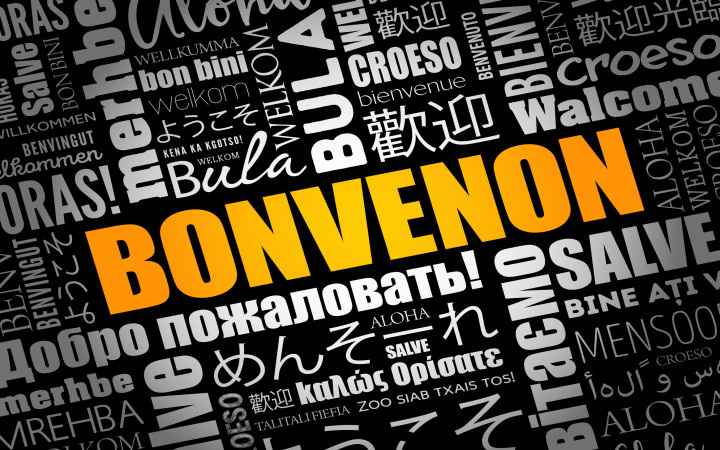Today’s Wonder of the Day was inspired by Logan. Logan Wonders, “What is esparanto?” Thanks for WONDERing with us, Logan!
Saluton, Mirindaj Amikoj! Ni ĝojas, ke vi povus akompani nin por alia bonega Mirindaĵo de la Tago.
Did you understand that first paragraph? In English, it says, “Welcome, Wonder Friends! We’re glad you could join us for another great Wonder of the Day.” And we sure are! Today, we’re learning about the language Esperanto!
Can you speak Esperanto? If so, you may already know a bit about what makes this language special. Most languages are made over time. It takes hundreds or thousands of years for them to grow and evolve naturally. That’s one way that Esperanto is different—it was invented by one person.
As a kid living in eastern Europe in the late-19th century, Ludovic L. Zamenhof learned just how divided people could be. Growing up, he was part of a Jewish family. He faced hatred from people who held anti-Semitic views. His hometown of Bialystok was once part of Poland but had been taken by Russia by the time Zamenhof was born.
Young Zamenhof spent a lot of time thinking about why people disliked and mistreated each other. Eventually, he came to the conclusion that language might be used to help solve the world’s problems. Zamenhof himself spoke several languages (Russian, German, French, Polish, Hebrew, Latin, and Greek). However, he knew that most people in the world only knew their native tongue.
This gave Zamenhof an idea. He would create a universal language that all people could learn to speak. It would have no ties to a specific nation or religion. The language would help people from across the globe to communicate with each other. He hoped that this would help bring more unity to the world.
That’s how Esperanto was born in 1887. Today, the language consists of about 9,000 root words. These are combined with prefixes and suffixes to communicate many ideas. Does that sound like a lot? To compare, English has about 171,000 words currently in use. Russian has about 200,000; Spanish about 100,000; and Italian around 270,000. Can you see why people might turn to Esperanto when they want to learn a second language?
Early on, Esperanto saw some growth. Zamenhof led the way, publishing a magazine in his new language. Many people in his circles learned Esperanto. However, it wasn’t long before people in power started to push back against the language. Adolph Hitler, Joseph Stalin, and even the U.S. military denounced the language over the next few decades.
Today, it’s difficult to know just how many people speak Esperanto. Estimates range from 100,000 to 2,000,000. The language has been kept alive by small clubs and pockets of people around the world who believe in the idea of a universal language. They call themselves Esperantists. It also has continued use in some publications. In 1965, William Shatner even starred in a movie called “Incubus,” which was made in Esperanto.
Do you know more than one language? Would you ever want to learn Esperanto? If so, it could help you communicate with other Esperantists across the globe!
Standards: CCRA.R.1, CCRA.R.2, CCRA.R.4, CCRA.R.10, CCRA.W.2, CCRA.W.4, CCRA.L.1, CCRA.L.2, CCRA.SL.1




